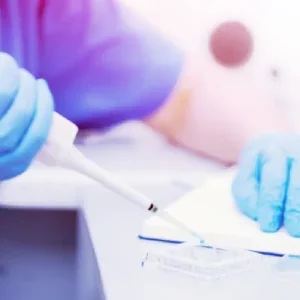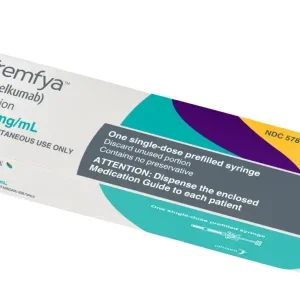Switzerland-based Roche has reported positive results from two phase III studies evaluating the first and only bispecific antibody for the eye, Vabysmo (faricimab), in macular edema due to branch and central retinal vein occlusion (BRVO and CRVO).
In both the studies, BALATON and COMINO, people were given Vabysmo injections and aflibercept injections every four weeks, for up to 24 weeks.
The findings demonstrated that people with macular edema due to BRVO and CRVO receiving Vabysmo achieved non-inferior visual acuity gains compared to those receiving aflibercept.
From baseline to week 24, Vabysmo also showed rapid drying of the retinal fluid as shown by a decrease in the thickness of the central subfield.
The drug was generally well tolerated in both trials and the safety profile matched that of earlier studies, said the company.
Roche chief medical officer Levi Garraway said: “These encouraging data demonstrate that Vabysmo could potentially provide a new treatment option for people living with retinal vein occlusion, a serious retinal vascular condition that can lead to irreversible vision impairment or vision loss.
“Today’s results add to the extensive evidence supporting Vabysmo’s efficacy in treating multiple types of retinal conditions. We look forward to submitting these data to regulatory authorities.”
The firm said that BALATON and COMINO are two randomised, multicentre, double-masked, global phase III studies evaluating the efficacy and safety of Vabysmo compared to aflibercept.
The BALATON trial was conducted on 553 people with branch retinal vein occlusion and the COMINO study was conducted on 729 people with central retinal or hemiretinal vein occlusion.
For the first 20 weeks, patients are randomised 1:1 to receive six monthly injections of either Vabysmo or aflibercept. From weeks 24-72, all patients receive Vabysmo up to every four months.
The change in best-corrected visual acuity from baseline at 24 weeks serves as each study’s primary endpoint. The central subfield thickness and the drying of retinal fluid throughout time up to week 24 were kept as secondary endpoints.






